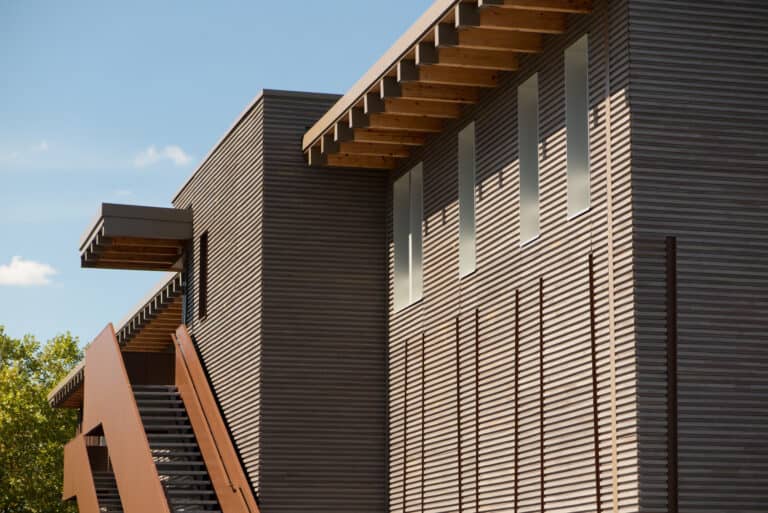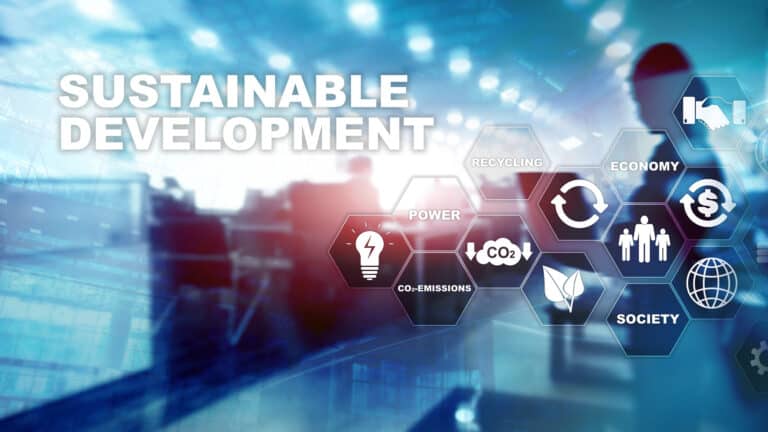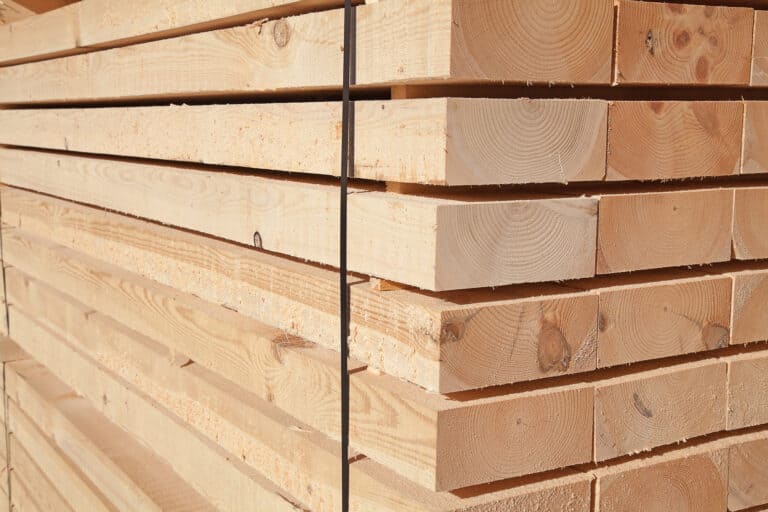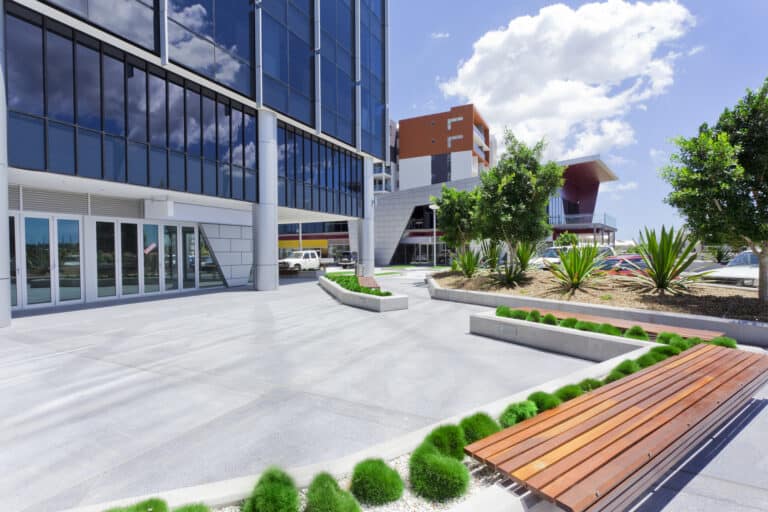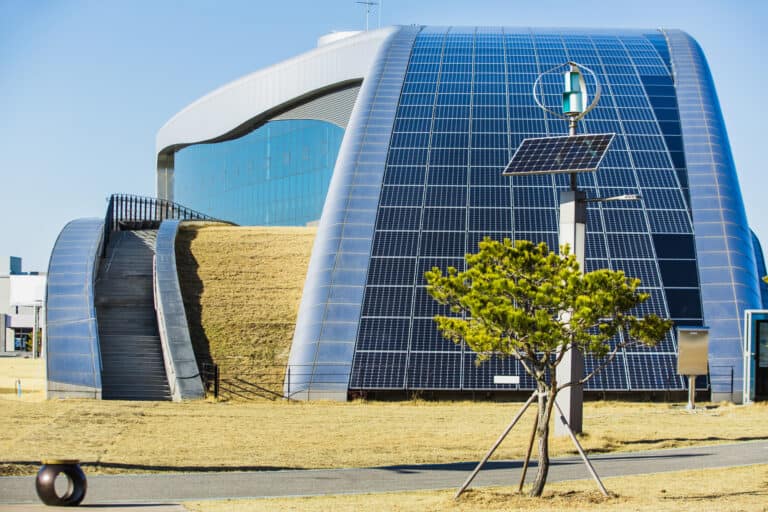The act of constructing new buildings can have a significant impact on our environment. This effect is gradually being addressed by the increasing number of green buildings being constructed worldwide. The main problem that green buildings solve is the high…
Articles
What Is the Difference Between Smart City & Normal City?
Smart cities are becoming part of the public conversation more and more each passing year. Once thought of as science fiction, they are now being considered by managers and politicians in established cities all over the world, including Barcelona and…
20 Features Every Smart Building Should Have
By integrating modern technologies to automate processes, smart buildings have become safer, more comfortable, and more energy-efficient than traditional buildings. What are some of the features that distinguish smart buildings from their conventional counterparts? Here are 20 features every smart…
10 Sustainable Building Materials for Facades
A building facade defines the character and personality of a building’s overall design. A facade can help set the tone for those entering, and architects use it to elicit certain moods and feelings in people. And with the emphasis on…
How High-Rise Buildings Can Be Made Sustainable
High-rise buildings continue to grow in size and quantity as more people move to cities and the population grows. But as the population grows, we also need to consider the environment and how we can lower the impact of high-rise…
How Green Buildings Help Reduce Carbon Dioxide
Green buildings are becoming increasingly popular. They reduce CO2 emissions, gas consumption, and more. However, there are many indirect ways that green buildings get rid of the carbon dioxide in the environment. Taking advantage of these methods will reduce your…
11 Different Types of Smart Buildings Compared
It’s fascinating to see how the modern world is embracing technology at an ever-increasing rate. Today, just about everything can be made smarter – including buildings. This concept is starting to revolutionize the construction and real estate industries, how we…
The Life Cycle of a Sustainable Building Explained
We live in a time of atmospheric changes, rising temperatures, and melting ice caps. Simply trying to use less energy and produce greener products is no longer enough – we have to look at our entire lifestyles and adapt. One…
Is Wood a Sustainable Building Material? 7 Facts
People have been creating wooden buildings for more than 10,000 years, making wood one of the earliest building materials harnessed by humans. Wood is generally a sustainable building material, especially when compared to plastics and metals. Most trees reach maturity…
How To Make Existing Buildings Sustainable (8 Ways)
If you want to make your building more sustainable, the good news is that you don’t need to knock it down and rebuild it. You can make many small changes that will have a big impact. Here are 8 ways…
How Sustainable Is a Zero Energy Building?
A zero-energy building is designed to meet all energy requirements within the structure without relying on energy from external sources. The idea behind the design is to ensure that the building generates its power through various systems. But are zero-energy…
Is Stone a Sustainable Building Material?
Stone is one of the most prolific building materials in existence. Known for its ultimate durability, stone structures are often celebrated for beauty that stands the test of time. We know that stone makes for an excellent building material, but…




